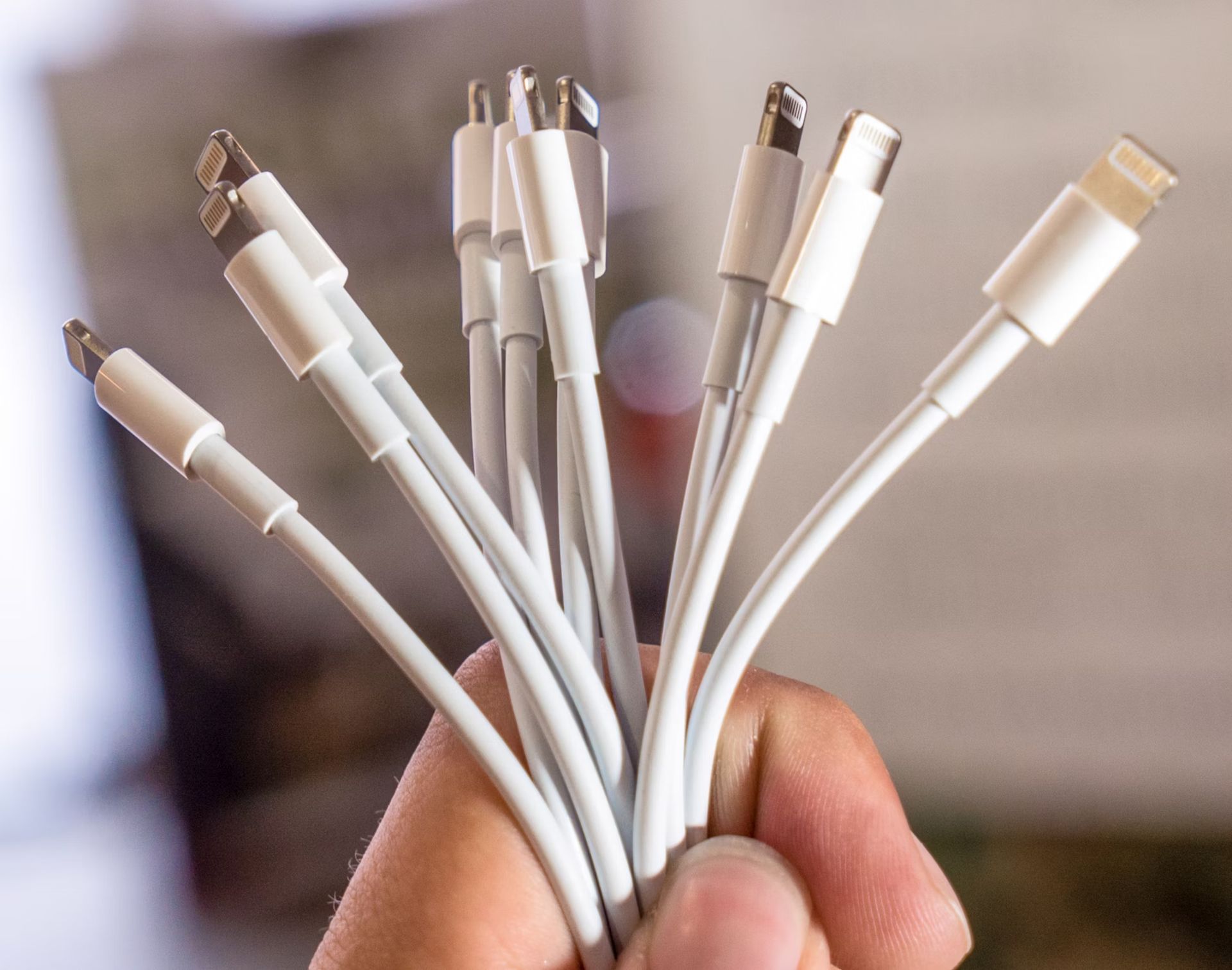and the distribution of digital products.
Apple is killing Lightning to headphone adapter for a reason

Apple may soon discontinue the Lightning to headphone jack adapter, originally launched in 2016 with the iPhone 7. This potential move reflects Apple’s shift toward USB-C compatibility across its devices. The Lightning adapter is currently sold out in many countries, signaling a possible end of its production. Apple seems poised to make this change, which could affect users of iPhone 14 and earlier models that still utilize the Lightning connector.
Lightning to headphone adapter came out with iPhone 7Introduced alongside the iPhone 7, the Lightning to headphone jack adapter was a response to the removal of the traditional 3.5mm headphone jack. Initially included for free with the iPhone 7, 8, and X, Apple later began selling it separately for $9 starting with the iPhone XS and XR. However, recent reports suggest that this accessory will soon be discontinued, as it is currently “sold out” on Apple’s online store in major regions like the US, Canada, and Australia.
Why iPhone SE 4 will rule affordable smartphone market
Although this wouldn’t directly impact iPhone 15 and later users, who benefit from the USB-C to headphone jack adapter, it presents challenges for those sticking with Lightning devices. MacRumors reports that while the adapter is out of stock online in various countries, it is still available in regions such as France, Denmark, Finland, Norway, and Sweden. Such a situation is reminiscent of past discontinuations, like the USB SuperDrive, which showed similar signs before being phased out.
The potential discontinuation is interesting given that Apple continues to sell Lightning iPhones, including the SE 3 and non-Pro 14 models. As such, it may be more strategic for Apple to wait until the entire iPhone line transitions to USB-C, which is expected with future releases. This timing would allow users to adapt more seamlessly to the new standard without losing essential accessories abruptly.
Users looking for the official Apple adapter may feel urgency in making their purchase. While third-party options may continue to thrive, the specific Apple variant is becoming increasingly harder to find. Some retailers, like Best Buy, still carry it, but stock is likely to diminish rapidly as rumors of discontinuation circulate.
Various tech platforms have reported on this potential shift. Android Authority and 9to5Mac highlight the implications for users and the market’s response. With Apple’s prevailing trend toward wireless audio and USB-C integration, this move seems aligned with their broader strategy.
As Apple makes strides toward modernizing its ecosystem, fans and users of vintage tech are left with uncertainties surrounding compatibility and product availability. The future seems to lean towards total integration of USB-C across all devices, reinforcing Apple’s commitment to streamlining its product offerings.
Featured image credit: Mika Baumeister/Unsplash
- Home
- About Us
- Write For Us / Submit Content
- Advertising And Affiliates
- Feeds And Syndication
- Contact Us
- Login
- Privacy
All Rights Reserved. Copyright , Central Coast Communications, Inc.